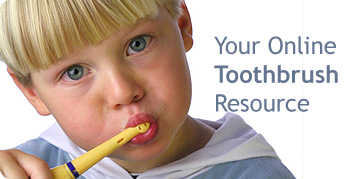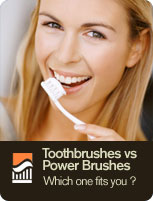
Child Toothbrush
Because they are particularly prone to sickness, children need to maintain the cleanliness of their toothbrush, which does, after all, come in contact with the mucus membrane-lined mouth, and learn how to store their toothbrush daily and correctly. A toothbrush must be rinsed and stored in a cover to dry after each use by the child. Since germs are transferred between people and between unclean objects, it is important to explain to a child that his or her toothbrush should not touch other people, objects or any unsanitary surface, such as a dirty corner or another child's mouth. A child's brush should be well identified on both the cover and handle with masking tape and indelible ink or engraving.
A child's toothbrush only needs to be changed about every three months, as long as it is kept clean and dry. In picking out a child's toothbrush, choose one with a large, graspable handle, pliable, rounded bristles, and a small head that reaches back teeth. Until the age of 11, a child's brushing should be supervised. Before the age of 6 or 7, the parent should stand behind him and physically brush the child's teeth. After this time, the child can physically brush him or herself, but make sure he right amount of toothpaste is used and that the child brushes for at least two minutes and rinses properly.

